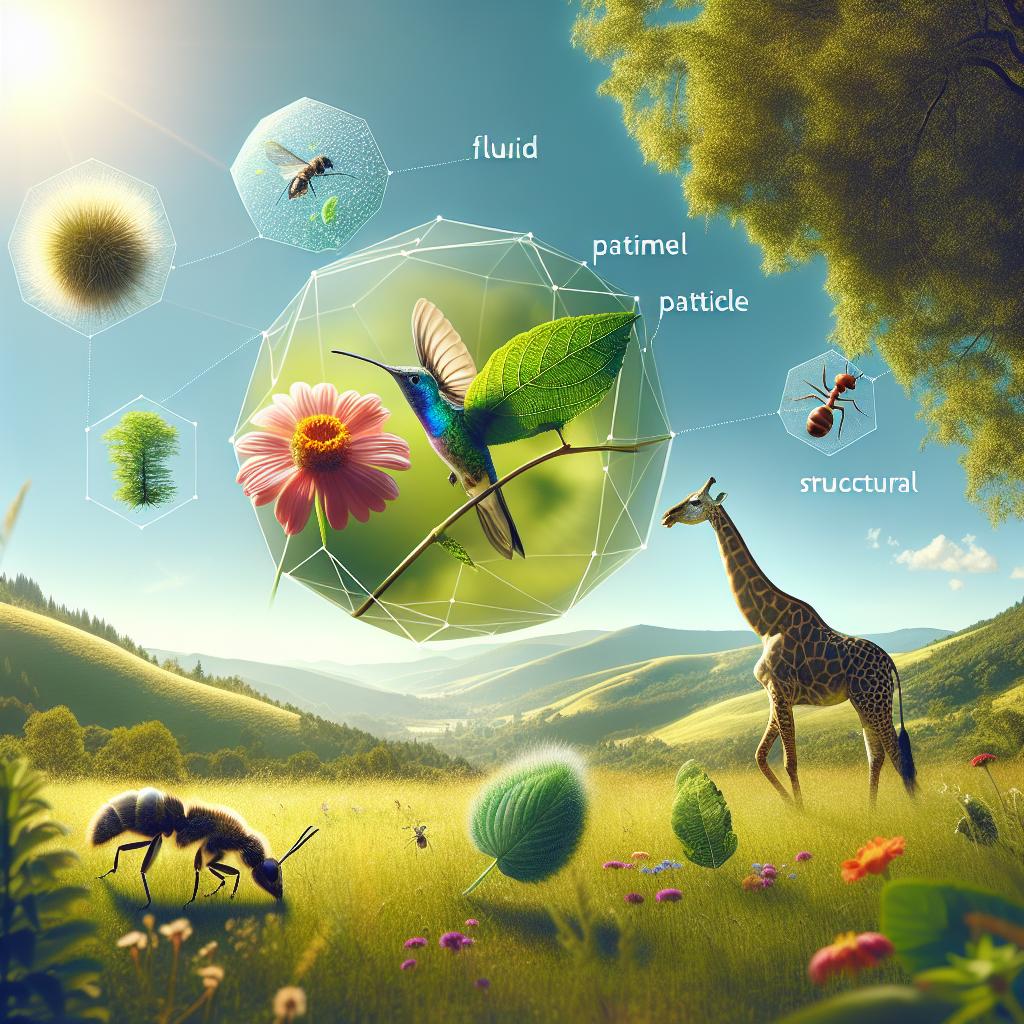Biomimetic Feeding: A Holistic Approach to Infant Nutrition
In recent years, biomimetic feeding has gained recognition in the field of infant nutrition. Birthed from the concept of bio-inspiration, it refers to the practice of emulating natural breastfeeding when bottle-feeding infants. This breakthrough has dramatically improved the well-being of babies, and is transforming our understanding of infant nutrition.
Understanding the Science behind Biomimetic Feeding
The interdisciplinary science of biomimetics observes nature and its organizational principles, applying these lessons in various fields. In baby feeding, biomimetics results in a bottle-feeding experience that highly resembles breastfeeding. This approach not only prioritizes the baby’s comfort but also ensures optimal nutrient absorption and overall growth. Let’s delve deeper into how biomimetic feeding works:
- Mimicking the Breast: A crucial aspect of biomimetic feeding is providing a bottle-feeding experience that closely mirrors breastfeeding. The baby bottles and nipples designed based on this principle simulate the shape and feel of a mother’s breast, making the transition from breast to bottle smoother for infants.
- Nutrient Absorption: Biomimetic feeding also considers the physiology of infants and their digestion process. This way, it ensures babies can absorb and utilize nutrients efficiently. Some formulas even contain prebiotic fiber to promote healthy gut bacteria, further facilitating digestion and nutrient absorption.
- Comfort and Bonding: Biomimetics emphasizes the comfort of the baby during feeding. By nurturing a near-natural feeding experience, it also enables bonding between the baby and the parent, akin to breastfeeding.
The Benefits of Biomimetic Feeding
Adopting a biomimetic feeding approach has several benefits, not just for the baby, but also for parents:
- Maximization of Nutrition: As per a study published in the Cell Journal, biomimetic feeding promotes better absorption of nutrients and their efficient utilization. This means your baby gets the most out of every feed, leading to healthier growth and development.
- Eased Transition: Switching from breast to bottle can be a challenging task. However, with biomimetic feeding, this transition becomes less stressful for both the baby and the parent, as highlighted in this article.
- Reduced Bottle Rejection: Biomimetic feeding significantly reduces the instances of babies refusing the bottle, thanks to the near-to-nature feel of biomimetic bottles.
As science progresses, we learn more about the beautiful intricacies of natural feeding. Biomimetic feeding serves as a significant step in capturing the essence of these intricacies, adapting them to suit modern parenting and infant care practices. By acknowledging and working with nature, biomimetic feeding allows us to provide the best possible care for our precious little ones.
Biomimetic Feeding and Its Impact on Infant Health
Various studies and clinical trials have been undertaken to understand the impact of biomimetic feeding on infant health. According to a recent publication on PubMed, it has been established that infants who are bottle-fed using biomimetic techniques show fewer instances of reflux, burping, and colic. Their digestive systems are better equipped to handle and process nutrients, resulting in overall improved well-being.
Emulating the Breastfeeding Experience: Innovation in Baby Bottles
Inspired by the benefits of natural breastfeeding, developers have designed baby bottles that emulate the breastfeeding experience. The teams behind these innovations have utilized advanced technology and reasoning to create bottles that mimic the look, feel, and function of a natural breast. This intelligent design seeks to eliminate problems typically associated with traditional bottle-feeding, such as nipple confusion and gassiness. This PubMed article further discusses the reasons behind and benefits of this design innovation.
Application of Biomimetic Feeding in Multiple Fields
The principles of biomimetics and bio-inspiration have proven beneficial in more areas than just infant nutrition. From engineering to medication, biomimetics offers widespread potential applications. This fascinating IEEE article goes in-depth into the use of biomimetics in various fields.
- Aerospace: Mimicry of birds’ and insects’ wing structures has greatly influenced the design of aircraft and drones.
- Pharmaceuticals: Many drugs have been developed by understanding and mimicking various biological processes and enzymatic actions.
- Marine Biology: Swarm behavior among fish and other marine life has served as a model for algorithm development in robotics and subscriptions models in the telecommunications industry.
Biomimetic Feeding: Championing Holistic Well-being and Comfort
The significance of biomimetic feeding stretches beyond the nutritional aspect. As part of the Royal Society Publishing ongoing research, scholars have highlighted the psychological and emotional factors that are intricately woven in the act of feeding. Biomimetic feeding imbibes breastfeeding’s comforting essence, contributing to the baby’s security and emotional well-being. This aids in creating a strong, nurturing bond between the baby and the caregiver, facilitating a healthy and balanced environment for the baby’s development.
Setting the Stage for Future Advances
With the concept of biomimetic feeding gaining momentum, further advancements in the field can be anticipated. With continuous research and development, more efficient and refined solutions can be expected in the future, promising improved well-being for infants and ease of feeding for the caregivers. Biomimetic feeding sets the path for bigger breakthroughs in infant nutrition that could potentially revolutionize feeding techniques in the future.

